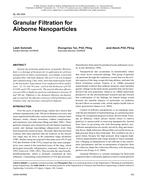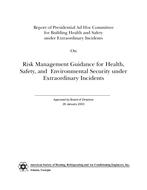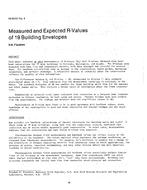Mid- and high-rise concrete residential structures are often more energy efficient than single-family residences, due to shared walls and less building envelope surface per unit. Newer construction is often better sealed, also reducing energy use. To further save energy and construction costs, builders may omit mechanical outside air delivery, which is optional in US residential building codes. In such under-ventilated concrete structures, high radon levels may develop on any floor. We updated a previous literature review on both radon levels and ventilation in mid-rise and high-rise concrete residential structures to characterize the potential for exposure to radon above the third floor. Radon test data from residential units of concrete construction located in Florida, Georgia and North Carolina, USA show elevated radon levels independent of distance from ground contact. In Florida, 9,900 of 26,700 radon tests (37%) conducted in mid- and high-rise buildings showed radon levels above 4 picoCuries per Liter, pCi/L (150 Becquerels per cubic meter, Bq/m3). Related US studies show residential high-rise ventilation rates averaging 0.09-0.13 air changes per hour (ACH), and as low as 0.04 ACH. Radon, a radioactive gas, is the leading cause of lung cancer in the US for non-smokers; US EPA established an action level of 4.0 pCi/L (150 Bq/m3). In problem buildings, radon levels have been reduced by ventilation, whichconcurrently reduced the levels of other indoor air contaminants.
Citation: IAQ Conference: IAQ 2013: Environmental Health in Low Energy Buildings
Product Details
- Published:
- 2013
- Number of Pages:
- 3
- File Size:
- 1 file , 280 KB
- Product Code(s):
- D-2013IAQConf-67


